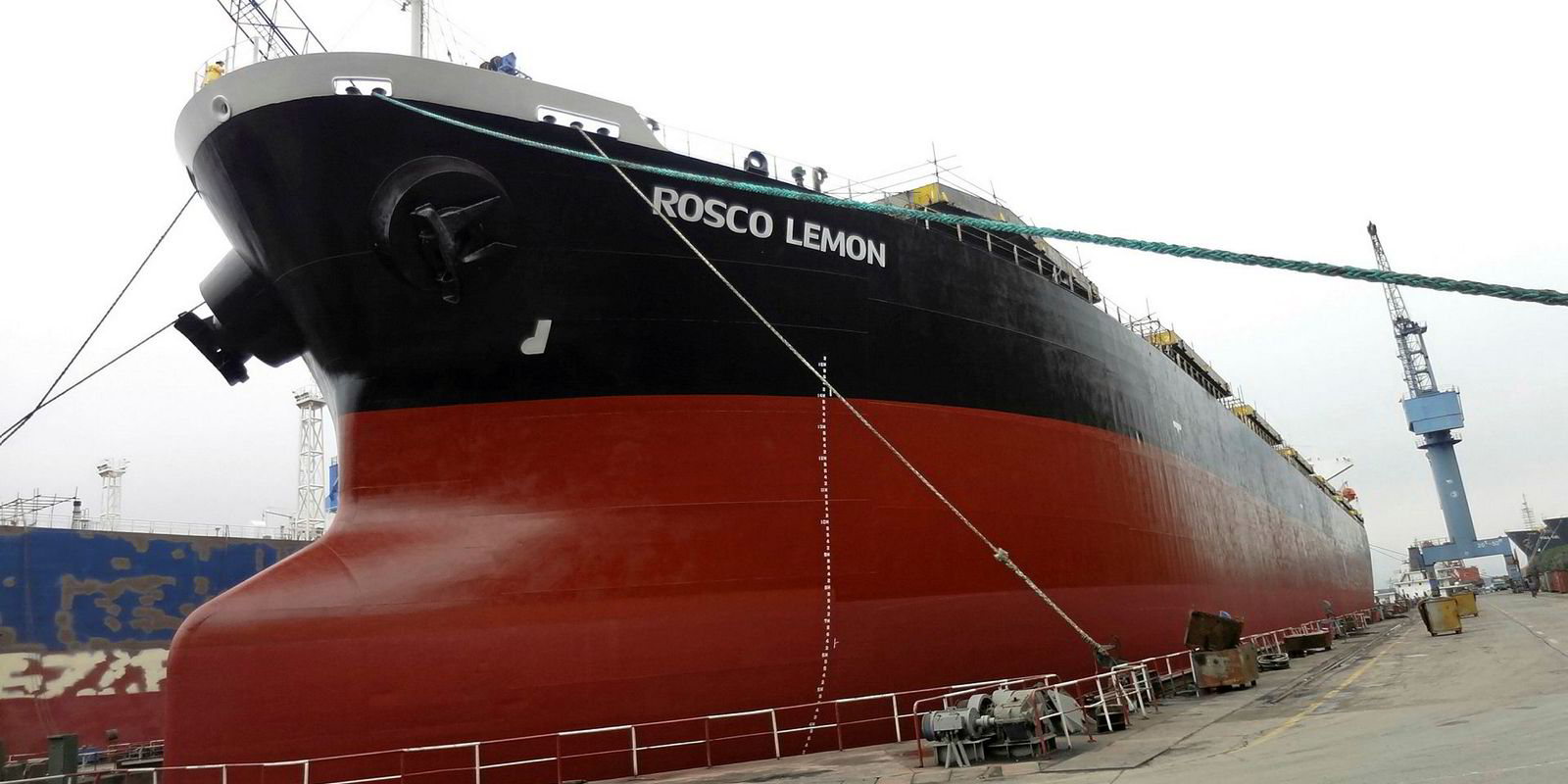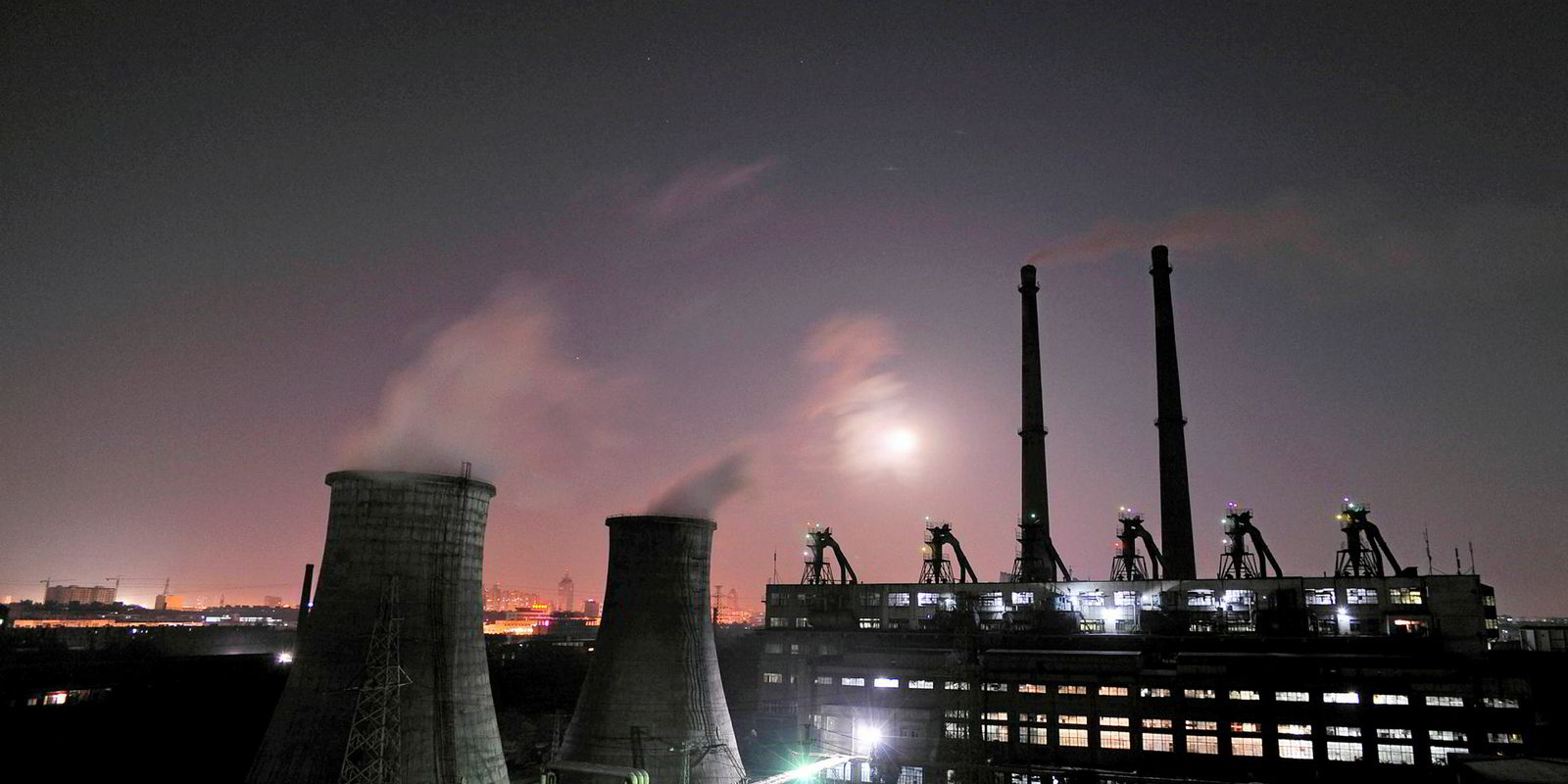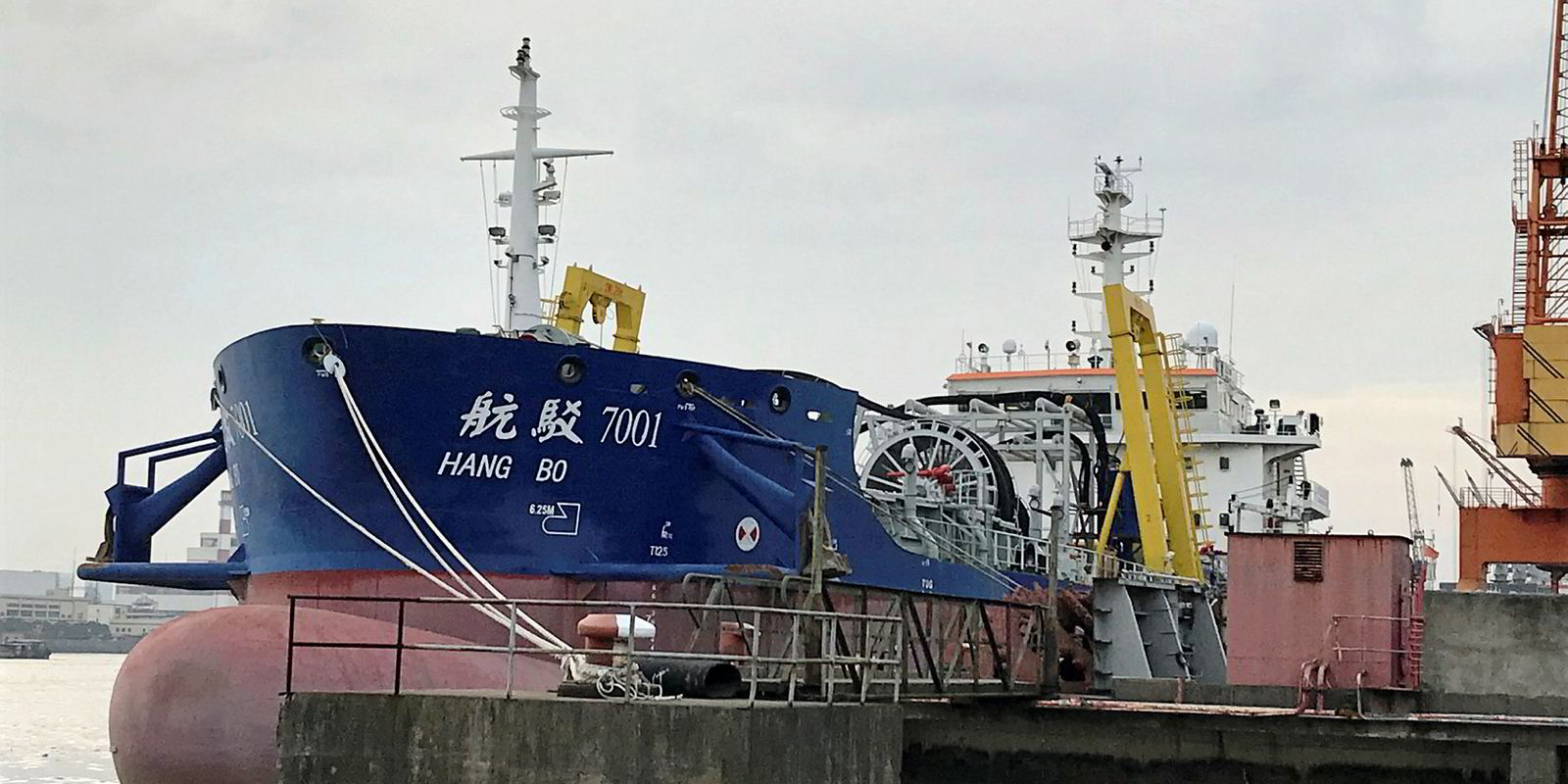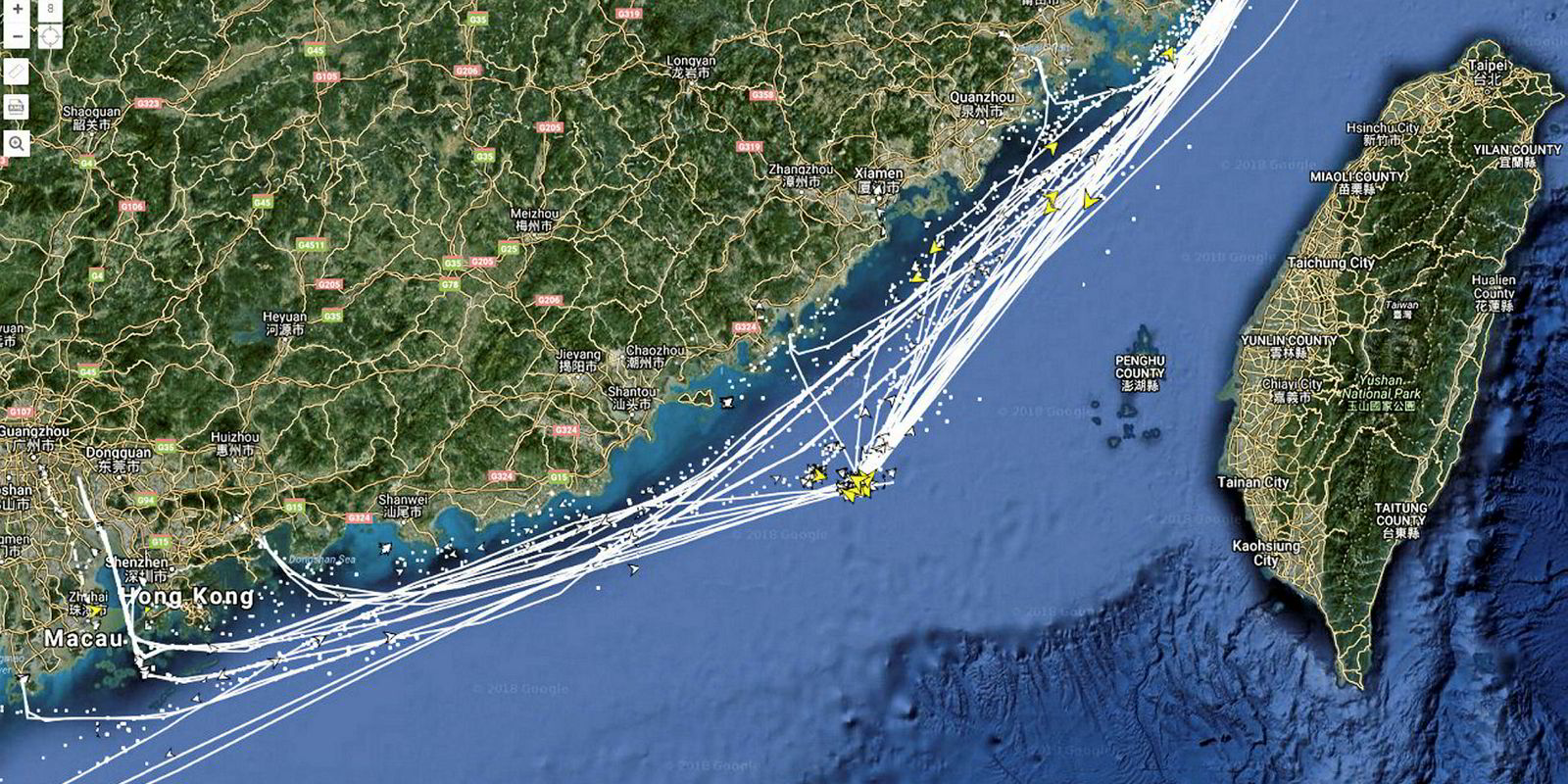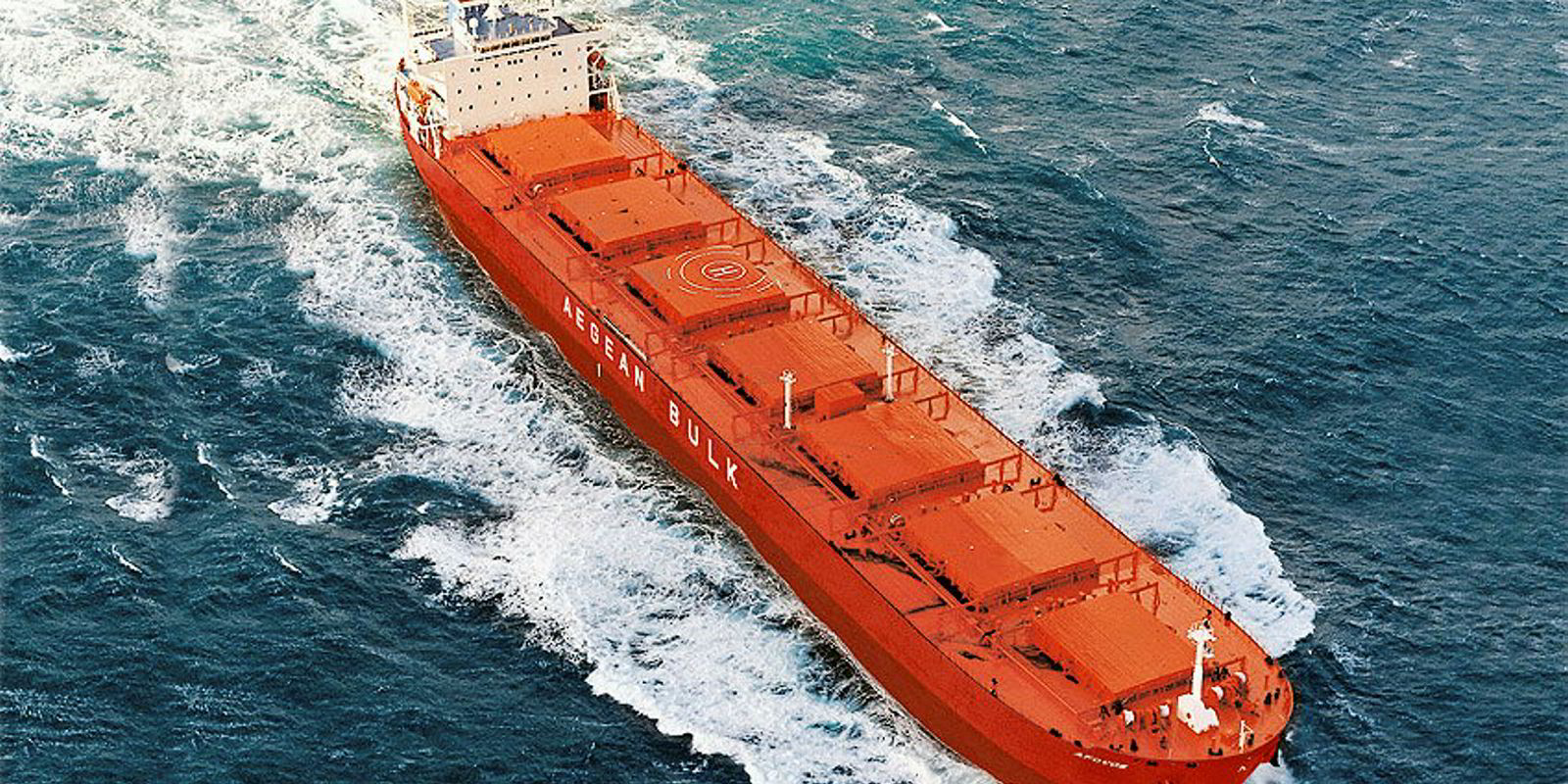The prevailing image of the Chinese domestic trades as dominated by Cosco and other state-owned players is one that needs nuance to fully understand, and its accuracy changes almost seasonally.
That is because some Chinese-flag players move more freely than others from domestic to international trading.
This year, especially since the Chinese New Year, smaller shipowners are enjoying or enduring a greater share of the diminished domestic freight market as Cosco and the large power company fleets turn to international trading.
Taking the panamax bulker fleet as a proxy for the whole, the figures show that flag carrier Cosco is not so large in proportion to the total Chinese flag fleet, even after its absorption of the former China Shipping Group.
VesselsValue lists 204 panamax bulkers that have IMO numbers under the Chinese flag.
Of these, 32 — or about 16% — belong to Cosco, not counting some joint-venture ships.
At least 56 — or 27% — belong to captive coal-industry players. That includes several large fleets owned by state or provincial-owned power companies and their joint-venture partners, and also one private coal trader.
A few of the Cosco and power company ships are in pure dedicated trades serving one power company contract, but most switch from domestic to international trading as needed and often triangulate north-to-south coastal voyages with Indonesia coal runs.
But the largest grouping of Chinese-flag panamaxes and the most faithful to the domestic market, comprising at least 58 ships — 28% of the whole — belongs to owners of one or two recently acquired ships. (Their share is probably larger if they stand behind some currently unattributed transactions.)
The new import buyers include a few established and substantial independent shipping companies.
Among them is Tianjin Dongjiang Shipping, which has bought six 18-year-old panamaxes in two years. Another example is Taizhou-based Zhejiang Changchang Shipping, which acquired two relatively modern supramaxes from Fredriksen’s private Seatankers Management this year, adding them to a 10-ship fleet of smaller bulkers and chemical tankers.
But most are more like Zhejiang Weiqin, Ningbo Zhunxing, Ningbo Leisheng or Ningbo Haiyue: they own a fleet of two to four 1999 or 2000-built panamaxes mostly acquired since 2016.
Many of the new independent owners with two ships recently acquired on the basis of a contract of affreightment (COA) or other opportunity are as anonymous to the local market as they are to would-be sellers abroad.
Chinese sale-and-purchase brokers eager for fresh prospects complain of the difficulty of tracking down these players to court their business. They say the shipowners in question typically do a single deal based on very specific trading plans, place them with a technical and commercial manager, and then go quiet while they tend their COAs.
“Many of these small owners do business by phone and in cash,” one domestic shipowner said. “There is not even a fixture recap.”
Many of them work closely with better-known owners that work as third-party shipmanagers and have been active import buyers themselves, such as Hu Yongcheng-controlled Ningbo Longsheng and Qingdao-based Seacon, which also has a significant international trading fleet.
Unlike Cosco and the large power company fleets, which quickly turn from the coastal market towards Indonesia or sometimes further afield when the market weakens, the small import buyers tend to stay home.
But they have other ways of getting the most out of their investments.
Recently, many of the small owners have participated in a little-known but lucrative backhaul trade that Cosco will not touch: loading sea sand from large dredgers in the Taiwan Strait and discharging it at East China ports on their way back north to collect their next domestic coal cargo.

